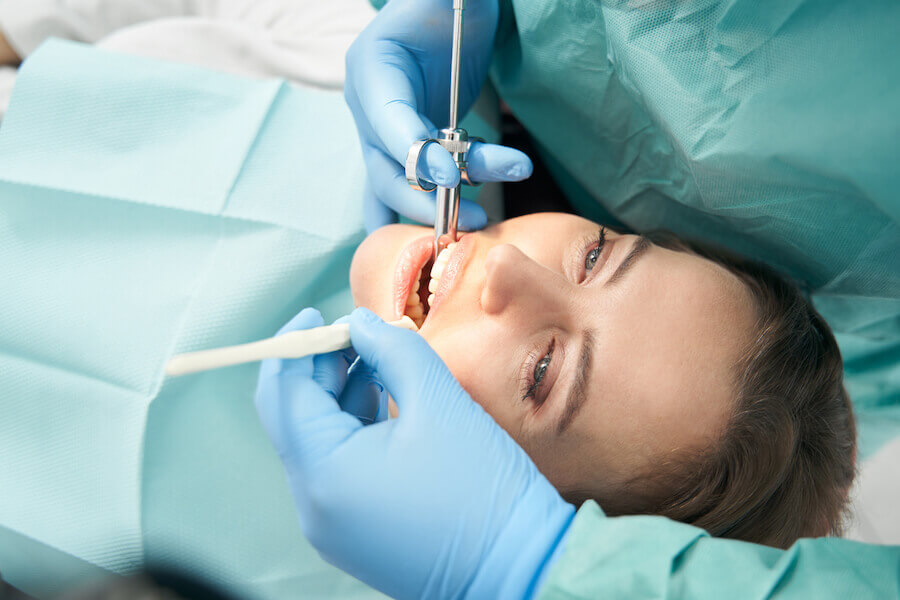Sedation dentistry is a transformative approach to dental care that aims to alleviate anxiety and discomfort for patients undergoing various procedures. For many individuals, the thought of visiting the dentist can induce significant stress, making routine appointments feel overwhelming. Through the use of sedation techniques, dental professionals can ensure that patients are more relaxed and comfortable, paving the way for a more positive experience and improved oral health outcomes. Whether it’s a simple cleaning or a more complex surgery, sedation dentistry offers a solution for those who struggle with dental anxiety or who require extensive treatment.
This article will explore the different types of sedation used in dentistry, ranging from minimal sedation—where patients remain awake but relaxed—to general anesthesia, which places patients in a deep sleep. We will discuss the benefits, potential risks, and considerations for those contemplating sedation dentistry, as well as insights from dental experts. By understanding how sedation can enhance their dental experiences, patients can take proactive steps toward achieving optimal oral health without the burden of fear or discomfort.
Types of Sedation in Dentistry
There are several types of sedation techniques utilized in dentistry, each designed to cater to varying levels of anxiety and the complexity of procedures. Minimal sedation allows patients to remain awake while feeling relaxed, often using nitrous oxide (laughing gas) or oral sedatives. Moderate sedation is slightly deeper and may involve intravenous (IV) sedation, where patients enter a state of deep relaxation but can still respond to verbal cues. For more extensive surgeries, general anesthesia is used, rendering patients completely unconscious. Understanding the different options available can help patients make informed decisions about their dental care and how they can benefit from these methods. For more insights on sedation dentistry and its applications, check out https://dentistatlantacoastdentals.com/how-does-sedation-dentistry-work-a-first-timers-guide/.

Benefits and Risks of Sedation Dentistry
While sedation dentistry offers numerous benefits, including reduced anxiety, increased comfort, and enhanced procedural efficiency, it is important to consider potential risks as well. Patients may experience side effects ranging from grogginess to allergic reactions, depending on the sedation method used. Therefore, it is crucial to consult with a qualified dental professional to determine the most appropriate type of sedation based on individual health conditions and treatment requirements. Awareness of these factors can empower patients to enjoy a stress-free dental experience while ensuring their safety and well-being throughout the process.
In conclusion, sedation dentistry stands as a vital resource for individuals battling dental anxiety or facing complex treatments. By providing various sedation options tailored to individual needs, dental professionals can create a more approachable and manageable environment for patients. The benefits of reduced stress, increased comfort, and efficient care often outweigh the potential risks, especially when procedures are conducted by trained experts. As patients become more informed about the types of sedation available, they can confidently engage in their dental health journey, transforming what once felt like a daunting experience into a more pleasant and constructive one. Ultimately, sedation dentistry not only promotes better oral health outcomes but also encourages a positive shift in how individuals perceive and approach dental visits.





